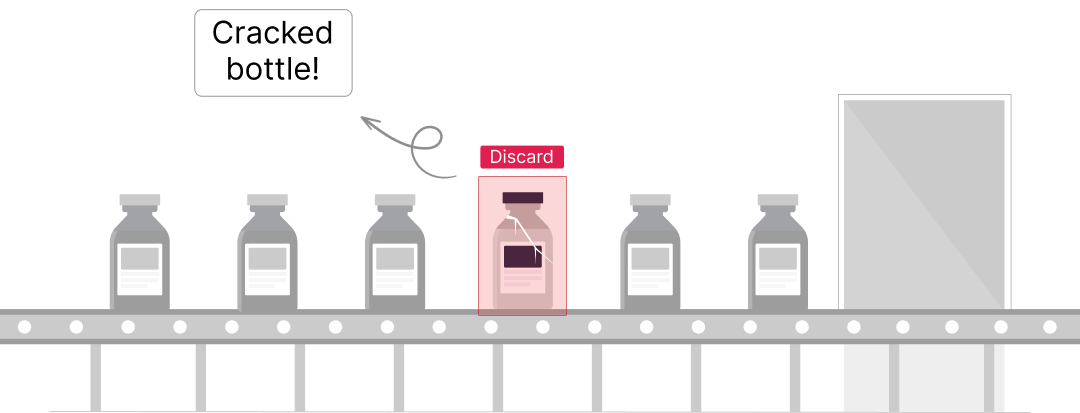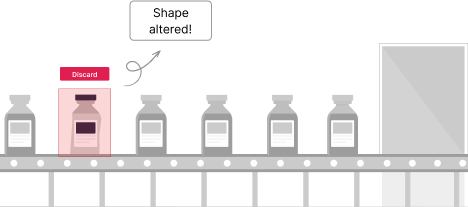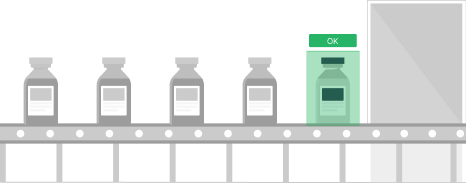Quality Control
Achieve superior product quality with intelligent defect detection.


AI computer vision detects defects in the production that human inspection might miss. Computer vision for quality control helps automate quality checks to help manufacturers get better quality output. Plus, consistency in product standards and reduction in product waste.
Manual inspections are prone to human errors. It is due to a number of reasons like fatigue.
AI systems scan products with high accuracy. It identifies even the smallest defects in real time. It ensures manufacturing quality assurance.
Traditional quality control processes slow down production lines and increase operational costs. This is where automated quality inspection offers a faster and more reliable alternative.
AI enables instant quality checks, without any interruptions. This ensures seamless production and supports quality control automation.
Detecting defects too late in the process? This leads to material wastage and increased costs. Implementing automated defect detection helps address this problem.
Our AI system identifies flaws at the earliest stage in real time. This reduces rework and waste. This is a key part of an automated quality control inspection process.
There is variation in inspection which leads to quality deviation with different product inspectors. A smart inspection system provides consistency and reduces variation.
AI ensures uniform quality checks across all production batches by maintaining quality standards. It is done with the help of computer vision for quality control.
Ensuring the products meet the set quality standards. This is an absolute must for all manufacturers. Thus, the use case is beneficial to many stakeholders.


We evaluate your existing camera infrastructure to integrate the solution seamlessly.
Capture high-resolution images of the product and from production lines to train the AI model.
We integrate AI inspections into existing manufacturing workflows. It is for continuous inspection using automated quality control integration techniques.
Real-time insights and detailed reports are generated for continuous improvement in quality control.
Stay updated with the trending and most impactful tech insights. Check out the expert analyses, real-world applications, and forward-thinking ideas that shape the future of AI Computer Vision and innovation.
Walk into a semiconductor fabrication plant in 2025 and you’ll see something that looks more like a science fiction set than a factory. Robots glide across spotless cleanrooms, wafers are carried through vacuum-sealed chambers, and machines whisper in precision rhythms. Each wafer that enters the fab is a canvas on which billions of transistors will […]

CEO & Co-founder
Semiconductor fabrication plants, commonly called fabs, are some of the most complex and expensive factories ever built. Inside cleanrooms that are thousands of times cleaner than a hospital operating room, wafers of silicon are transformed into chips that power the world’s smartphones, cars, medical devices, and satellites. Every wafer goes through hundreds of steps, lithography, […]

CEO & Co-founder
Every chip in your phone, your laptop, or even in a satellite, begins as a plain slice of silicon. But before that slice can become the heart of advanced electronics, it has to go through a series of complex processes. One of the least understood, yet most critical of these, is called Chemical Mechanical Planarization, […]

CEO & Co-founder